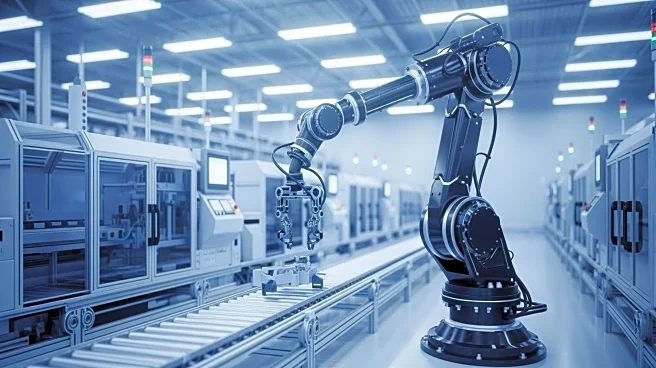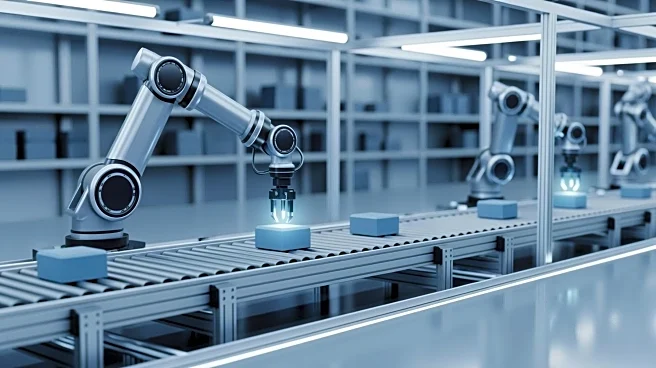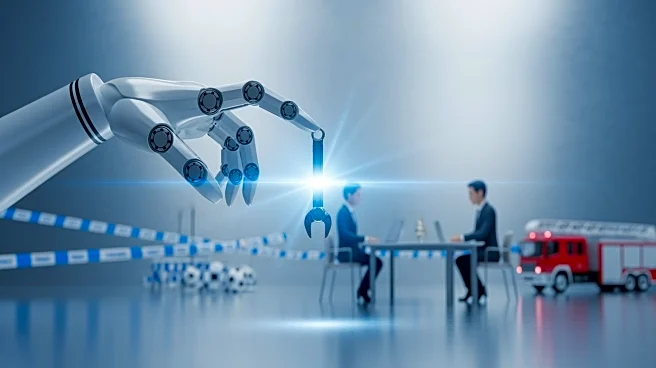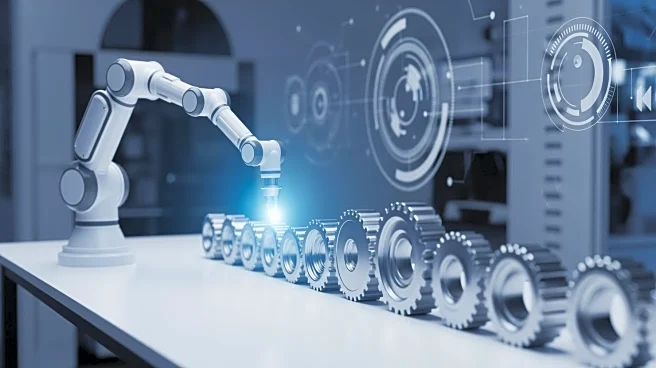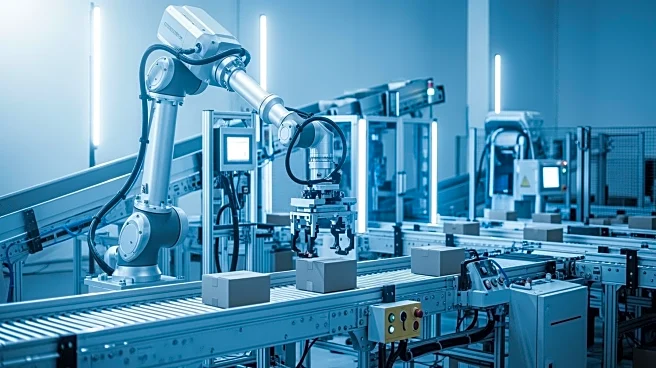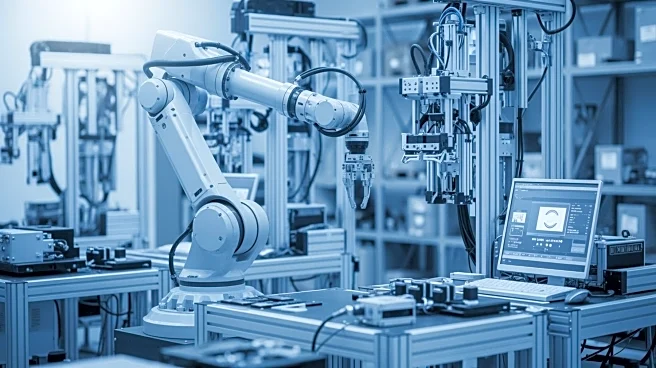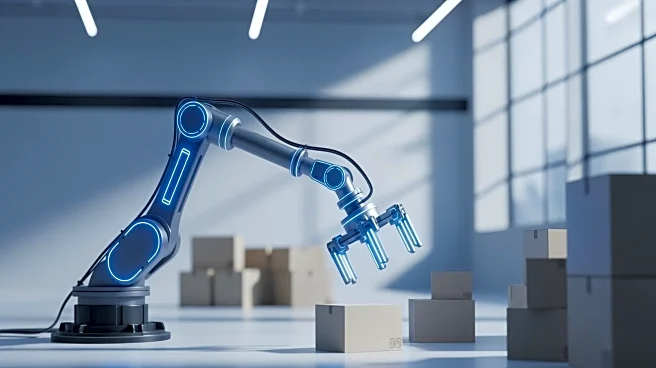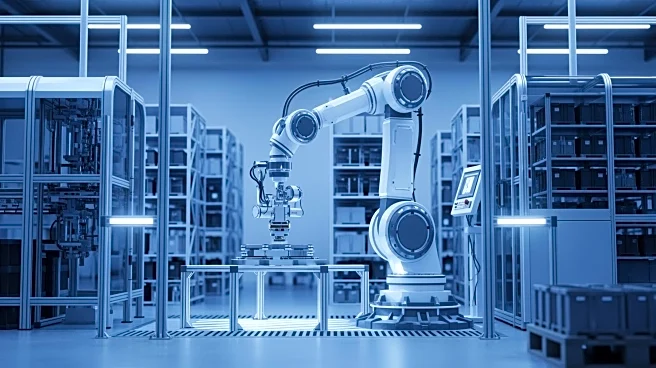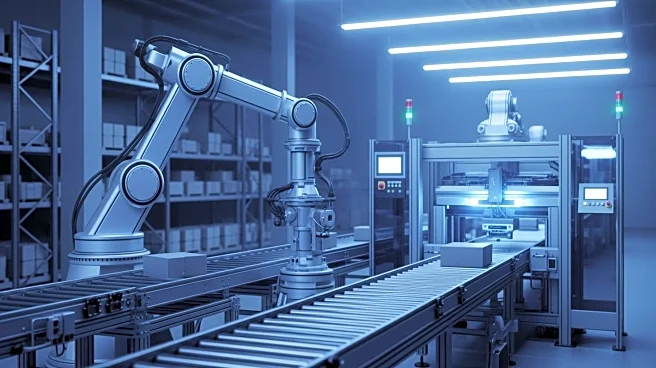What's Happening?
Amazon is reportedly planning to increase its use of robots in warehouses, potentially replacing 600,000 human jobs by 2033. Internal documents suggest the company aims to automate 75% of its operations, which could save billions annually. While Amazon is the third-largest
employer in the U.S., the shift towards automation raises concerns about job losses. The company is also considering strategies to mitigate community impacts, such as participating in local events and avoiding terms like 'automation' and 'AI' in favor of 'advanced technology' and 'cobot' to suggest collaboration.
Why It's Important?
The move towards increased automation at Amazon highlights a broader trend in the industry that could significantly impact the U.S. labor market. While automation can lead to cost savings and efficiency gains, it also poses challenges for employment, particularly in communities reliant on warehouse jobs. The potential job losses could affect economic stability and increase the need for workforce retraining and upskilling. Amazon's approach to managing community impacts and its emphasis on creating higher-paying positions could serve as a model for other companies navigating similar transitions.
What's Next?
As Amazon continues to implement automation, the company may face scrutiny from labor groups and policymakers concerned about job displacement. The focus will likely be on how Amazon balances automation with job creation and community engagement. The company's strategies for mitigating negative impacts and investing in workforce development will be critical in shaping public perception and regulatory responses. Ongoing dialogue with stakeholders and transparent communication about automation plans will be essential for Amazon to maintain its reputation as a 'good corporate citizen.'
